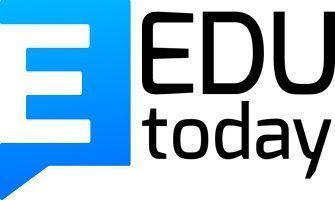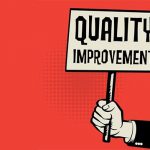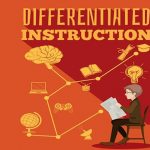When designing training programs, instructional designers use a process that takes into account the needs of the learners, the goals of the organisation, and the constraints of the learning environment. This process generally includes five steps: needs assessment, goal setting, choosing instructional strategies, creating instructional materials, and evaluating results.
Needs assessment
This is the first step in the instructional design process. It involves identifying what learners need to know or be able to do in order to meet organisational goals.
To do this, you will need to gather data from various sources, such as employees, managers, and customers. Once you have collected this data, you will need to analyse it to identify any training needs.
You can gather this information through interviews, surveys, focus groups, or other research methods.
Goal setting
Once the needs of the learners have been identified, instructional designers set goals for the training program. These goals should be specific, measurable, achievable, relevant, and time-bound (SMART). Once you have set your goals, you need to select appropriate instructional strategies.
Instructional strategies
After the goals have been set, instructional designers choose appropriate instructional strategies. These strategies are based on the learning needs of the learners and the goals of the organisation. Some common instructional strategies include lectures, demonstrations, simulations, problem-based learning, case studies, and role-playing.
Creating and implementing instructional materials
After you have selected your instructional strategy, it’s time to create your instructional materials. These materials will be used to support your instruction. When creating your materials, you will need to consider the following:
- Your audience: Who will be using your materials?
- Your objectives: What do you want your audience to learn?
- Your instructional strategy: How will you deliver your instruction?
Once you have created your instructional materials, it’s time to implement your plan. This involves delivering your instruction to your audience. When implementing your instruction, you will need to consider the following:
- Your environment: Where will you be delivering your instruction?
- Your resources: What resources do you need to deliver your instruction?
- Your schedule: When will you be delivering your instruction?
Evaluating your instructions
The final step in the instructional design process is evaluating results. This evaluation can be done through assessments, surveys, interviews, or focus groups. Evaluation helps to ensure that the training program is meeting its objectives and that learners are acquiring the desired knowledge and skills.
An instructional design process is an important tool for creating effective training programs. By taking into account the needs of the learners, the goals of the organisation, and the constraints of the learning environment, instructional designers can develop programs that are tailored to the specific needs of their audience.











